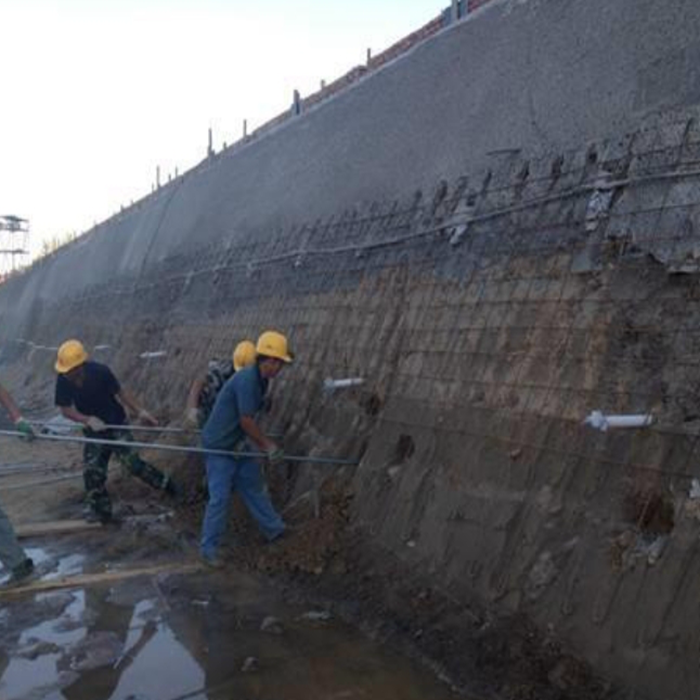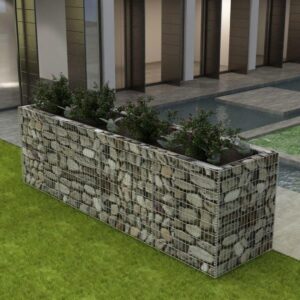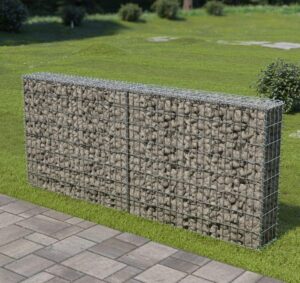What do you mean by slope stability?
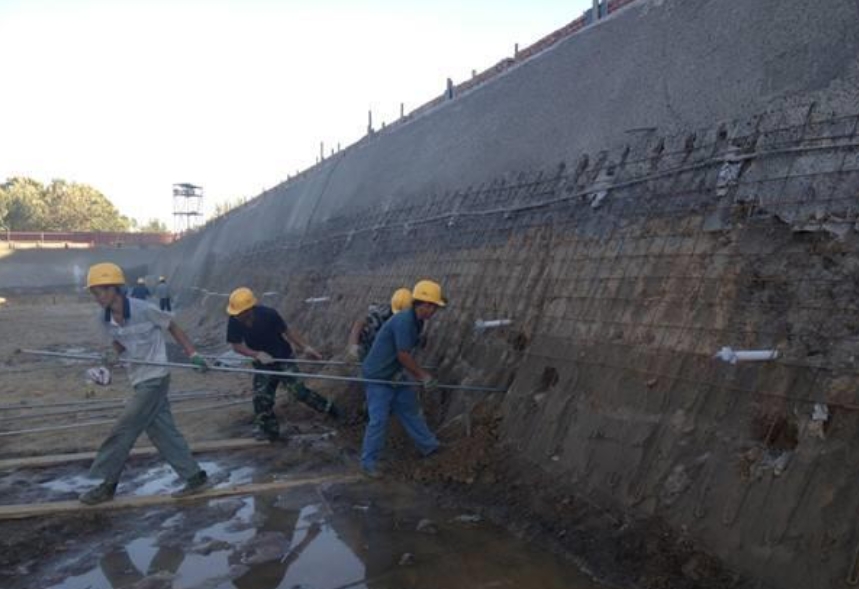
Slope stability refers to the resistance of a slope to failure or collapse under the influence of gravitational forces. In geotechnical engineering, it’s essential to assess and ensure the stability of slopes to prevent hazards such as landslides, rockfalls, or soil erosion, which can pose risks to infrastructure, property, and human safety.
The stability of a slope is influenced by various factors, including:
Geological Conditions:
The type and properties of the soil or rock materials that make up the slope, including their strength, cohesion, and internal friction angle.
Slope Geometry:
The slope’s angle, height, and shape play a crucial role in determining its stability. Steeper slopes are generally more prone to failure than gentler slopes.
External Loads:
Any additional loads imposed on the slope, such as the weight of buildings or structures, traffic loads, or water accumulation from rainfall or groundwater infiltration.
Water Content and Drainage:
The presence of water can significantly affect slope stability by increasing pore water pressure, reducing soil strength, and promoting erosion. Proper drainage measures are essential for maintaining slope stability.
Vegetation and Surface Cover:
Vegetation can help stabilize slopes by reinforcing the soil with roots, reducing erosion, and intercepting rainfall. However, overgrown vegetation can also add weight and increase the risk of instability.
Assessing slope stability typically involves a combination of field investigations, laboratory testing, and engineering analysis. Geotechnical engineers use various methods, such as limit equilibrium analyses, numerical modeling, and empirical approaches, to evaluate the factors influencing slope stability and predict potential failure mechanisms.
Mitigation measures to improve slope stability may include:
Reinforcement:
Installing structural measures such as retaining walls, soil nails, or rock bolts to provide additional support to the slope.
Drainage:
Implementing drainage systems to reduce water infiltration and pore water pressure within the slope.
Vegetation: Planting vegetation or using erosion control mats to stabilize soil and reduce erosion.
Slope Modification:
Adjusting the slope geometry or surface configuration to reduce the risk of failure.
Monitoring:
Regular monitoring of slope behavior using instrumentation such as inclinometers, piezometers, or slope stability radar to detect any signs of instability and trigger appropriate maintenance or intervention.
Overall, ensuring slope stability is critical for maintaining the safety and integrity of infrastructure, communities, and the natural environment in areas prone to slope-related hazards.
What do rock bolt and wire mesh do in slope stability
Rock bolts and wire mesh are common stabilization techniques used in slope stability engineering, particularly in rock slopes or slopes with significant rock components. Here’s what each does:
What Rock Bolts are used for slope stabilization?
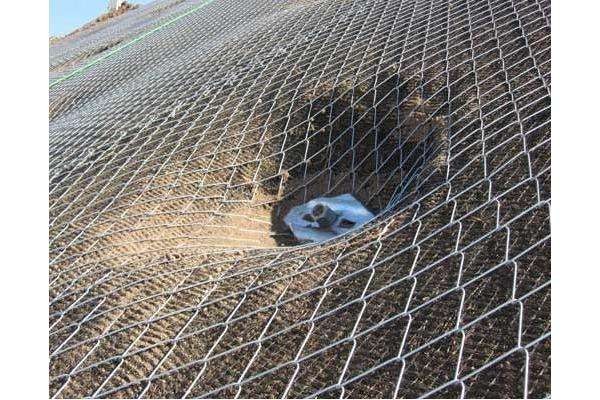
Purpose: Rock bolts are long, steel rods inserted into a rock mass to improve its stability. They provide reinforcement by transferring load from potentially unstable blocks of rock to more stable regions.
Function: Rock bolts work by creating a mechanical anchorage within the rock mass. They resist the tensile and shear forces that can cause rock blocks to detach and slide down a slope.
Installation: Rock bolts are typically drilled into the rock at a specified angle and depth. Once inserted, they are grouted into place with cement or resin to secure them.
Types: There are various types of rock bolts, including fully grouted, resin-grouted, and mechanical expansion bolts, each suited to different geological conditions and load requirements.
Applications: Rock bolts are commonly used in underground mining operations, tunneling, slope stabilization in open-pit mines, and in rockfall protection systems along highways and railways.

What wire mesh is used for slope stabilization?
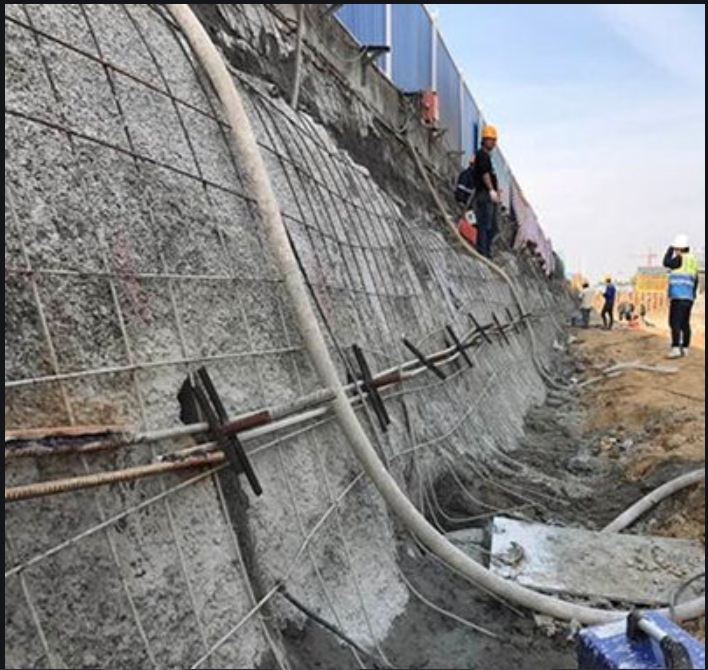
Purpose: Wire mesh, also known as rockfall netting or wire netting, is installed on slopes to contain and stabilize loose rock fragments or debris, preventing them from falling onto roads, railways, or structures below.
Function: Wire mesh acts as a flexible barrier that traps small rocks and debris while allowing water to drain through. It distributes the impact forces of falling rocks and prevents the initiation or propagation of slope instability.
Installation: Wire mesh is typically installed by anchoring it to the slope using rock bolts or other anchoring systems. It is stretched across the slope and secured in place to form a continuous protective barrier.
Types: Wire mesh comes in various configurations, including double-twisted hexagonal mesh, welded wire meshhttps://whollyrockbolt.com/product/welded-wire-mesh/, and high-tensile steel wire mesh, each offering different levels of strength and flexibility.
Applications: Wire mesh is commonly used in rockfall protection systems along highways, railways, and cliffs, as well as in mining operations to stabilize highwalls and prevent rockfall accidents.

In summary, rock bolts reinforce the stability of rock masses within slopes by providing mechanical anchorage, while wire mesh acts as a flexible barrier to contain and stabilize loose rock fragments or debris, reducing the risk of rockfall hazards. Both techniques are integral components of slope stabilization and rockfall protection systems

